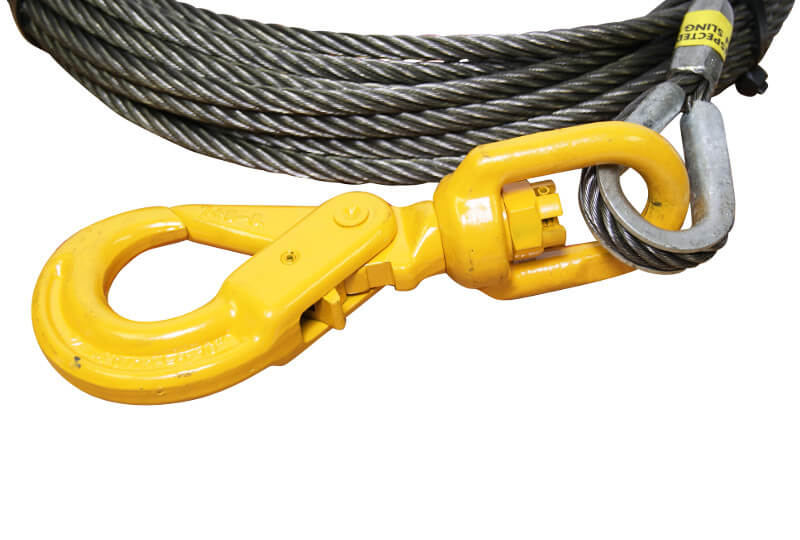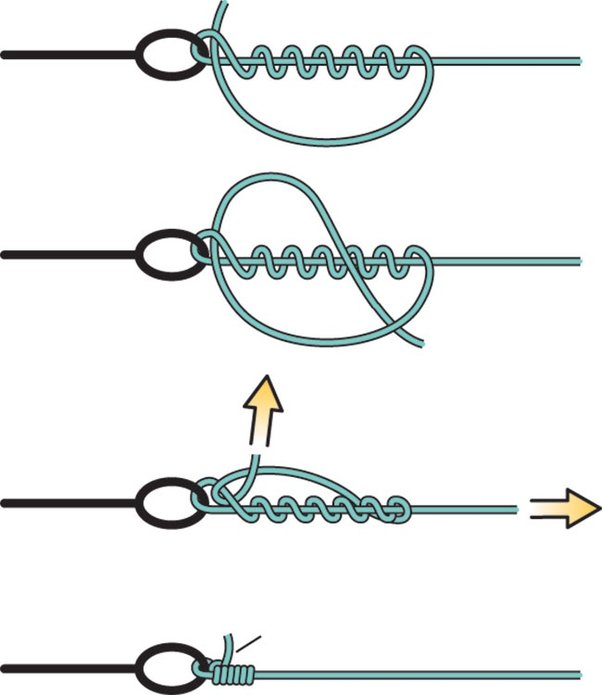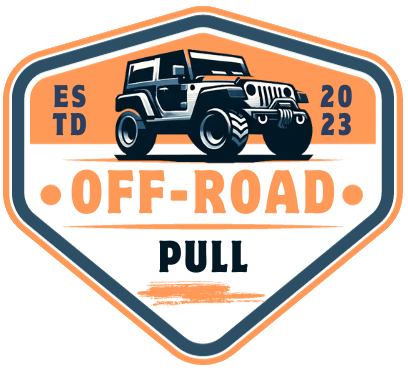When using a winch, properly attaching a hook to the cable is crucial for ensuring safe and efficient operation. A secure connection between the hook and cable prevents accidents and enables the winch to perform at its best.
In this article, we will guide you through the process of attaching a hook to a winch cable and discuss the best knot for tying a hook back onto a winch rope.
Gather The Necessary Materials
To begin, ensure you have all necessary materials at hand:
- Hook: Select a hook that matches the cable’s load capacity and compatibility.
- Winch Cable: The lifeline of the operation, chosen based on the weight and type of loads.
- Protective Gloves: Essential for hand protection against sharp wires and strain.
- Cable Clamps (Optional): Used for a non-knot attachment, providing a strong hold.
Prepare the Winch Cable
Preparation of the winch cable is crucial for a successful attachment:
- Inspect the Cable: Look for any signs of wear, damage, or fraying. A damaged cable can compromise the entire operation.
- Clean the Cable: Remove any dirt, grease, or debris. A clean cable ensures a better grip and a secure attachment.
- Determine the Appropriate Length: Ensure the hook is positioned to balance the load effectively.
Attach the Hook to the Winch Cable
Method 1: Using a Cable Clamp

Using a cable clamp to attach a hook to a winch cable is a preferred method in many settings, especially where the load demands a robust and fail-safe connection.
- Thread the end of the cable through the clamp: This initial step involves sliding the cable end through one side of the clamp. The clamp typically has a U-shaped bolt that will hold the cable in place. Ensure the cable is not twisted and lays flat within the clamp.
- Loop it around and thread it back through the clamp: After threading the cable through, loop the end of the cable around to form a secure loop. This loop is where the hook will typically be attached, either directly or through a connecting link. Once the loop is formed, bring the end of the cable back through the clamp, ensuring it parallels the initial part of the cable inside the clamp.
- Tighten the clamp securely: This is crucial for ensuring the cable does not slip. Use a suitable tool, like a wrench, to tighten the nuts on the U-bolt of the clamp. It’s important to tighten these nuts evenly to avoid uneven pressure on the cable, which could cause damage over time.
- Advantages of using a cable clamp:
- Quick and Effective: This method can be completed in a few minutes with the right tools, making it efficient, especially in time-sensitive situations.
- Strong, Reliable Hold: Cable clamps are designed to handle heavy loads, making them ideal for industrial applications where safety is paramount.
- Disadvantages of using a cable clamp:
- Requires Additional Hardware: You need to have cable clamps on hand, which might not always be available in all settings.
- May Not Be Suitable for All Cable Types: Some cables, especially those that are very flexible or small in diameter, might not hold as securely under heavy loads.
Method 2: Tying a Knot

Tying a knot is an alternative method that can be used when you don’t have cable clamps available, or when a semi-permanent attachment is needed.
- Best Knot: The Bowline Knot
- Why the Bowline Knot?: This knot is known for its robustness and its ability to maintain strength under load. It is easy to tie and untie, even after being subjected to a heavy load, which makes it a favorite in both maritime and climbing applications.
- Step-by-Step Instructions:
- Form a small loop in the standing part of the rope: This loop acts as the base of the knot.
- Pass the end of the rope up through the loop: This creates the initial ‘lock’ on the knot.
- Wrap the end around the standing part and back down through the loop: This completes the knot, making it ready to tighten.
- Tighten securely: Pull on both the end and the standing part of the cable to cinch the knot tight. This ensures the load is distributed evenly across the knot, reducing the risk of slippage.
- Advantages of tying a knot:
- No Additional Materials Needed: This method does not require any additional tools or hardware.
- Highly Secure in Dynamic Load Situations: The bowline knot tightens under load but is easy to untie when no longer needed.
- Disadvantages of tying a knot:
- Requires Skill to Tie Correctly: Incorrectly tied knots can significantly weaken the system.
- Can Be Difficult to Untie After Heavy Use: While the bowline is easier to untie than many knots, it can still become very tight and difficult to loosen after being loaded.
Both methods provide reliable ways to attach a hook to a winch cable, each with its own set of advantages and appropriate applications. Choosing the right method depends on the specific requirements of the task, available materials, and the operator’s skill in handling winch equipment.
Test the Connection
Before using the winch, testing the connection is imperative:
- How to Test:
- Pull gently on the hook to ensure it holds under light stress.
- Increase load gradually to test under more realistic conditions.
- Signs of a Secure and Stable Attachment:
- No slippage at the connection point.
- Uniform tension distribution along the cable.
Maintenance and Safety Tips
Regular maintenance and adherence to safety guidelines are essential:
- Regular Inspection: Check the cable and hook before each use for signs of wear or damage.
- Proper Storage: Coil the cable neatly without kinks or knots to prevent damage.
- Safety Precautions: Always wear gloves and protective gear, and ensure bystanders are clear of the load path.
Conclusion
Properly attaching a hook to a winch cable is critical for safety and operational efficiency.
By following the detailed steps and safety tips provided, users can ensure that their equipment operates safely and effectively.
Always prioritize safety and perform regular checks to keep your equipment in top condition.

